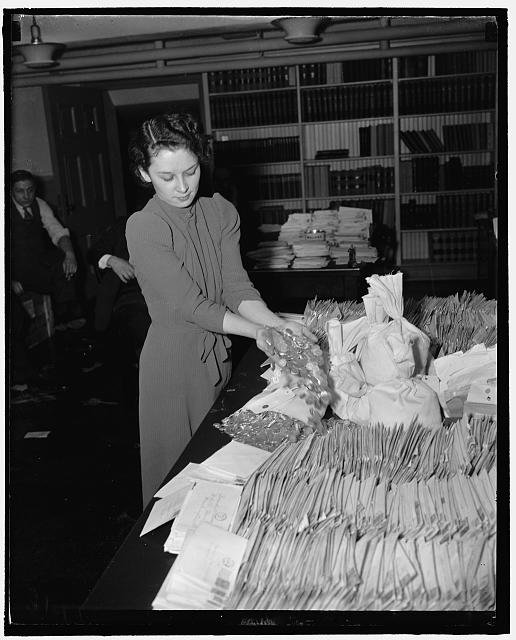
Saturday, April 4
It has been touted as a coronavirus cure-all by a variety of deplorables (see chapter 26) including our president and his running buddies: the drug hydroxychloroquine, marketed under the brand names Plaquenil, Hydroquin, Dolquine, Quensyl, and Quinoric. But does it work?
WebMD (https://www.webmd.com/drugs/2/drug-6986/plaquenil-oral/details) says hydroxychloroquine is effective against malaria and such auto-immune diseases as lupus and rheumatoid arthritis. Among its makers is New Jersey-based Rising Pharmaceuticals, which in December raised the drug’s price by 98% before cutting that price in half, according to the New York Post. (https://nypost.com/2020/03/24/chloroquine-or-plaquenil-what-is-it-and-can-it-really-treat-coronavirus/)
The desire for a quickly produced, readily available miracle cure is understandable. But previous waves of illness suggest that wishful thinking isn’t very effective. It’s hard work and a long slog that achieves what’s needed.
Take a look at PBS’ “American Experience” documentary on the crusade against polio in the U.S. (https://www.pbs.org/video/american-experience-the-polio-crusade/). In 1952 and 1953, the U.S. endured an epidemic of 58,000 and 35,000 polio cases, around double the normal rate. The disease seemed particularly to target children. Subsequently, the FDR-inspired March of Dimes proved a fundraising powerhouse, enlisting millions of adults and children to make 10-cent donations to the fight against the scourge. Much of that private charity’s muscle went to support Dr. Jonas Salk’s effort to discover a polio vaccine made from killed virus cells. The idea was that the human body would respond to an injection of killed virus with a counterattack of antibodies, which would then stand guard in case of a real polio virus attack. Even as Salk pressed ahead with his effort, which produced a vaccine widely administered beginning in 1955, his approach came under fierce assault, especially from Dr. Albert Sabin, whose own, competing oral vaccine became available in 1961. The combined counterattack ultimately did the trick: Polio was officially declared eliminated from the Americas in 1994.
So, it took decades and a ton of resources to eradicate polio. No matter how eager we—and our politicians—may be to dispense with COVID-19, we shouldn’t kid ourselves that the task will be easily completed.
It’s time for a walk. Emily and I saunter down our street to the major crossroads, Springs-Fireplace Rd. Lots of daffodils and forsythia are blooming. About the only humans we encounter are a family of five playing stick hockey in the middle of the street.
Not far away, the town of Shelter Island has posted signs telling “All new arrivals” that they must subject themselves to a 14-day quarantine. Meanwhile, New York State experienced its highest one-day death toll on Friday, 562 people. In total, 102,000 New Yorkers have tested positive, almost as many as in Italy and Spain.
Oregon, whose Governor Kate Brown says her state is now in a better position, announces that it will be sending 140 ventilators to New York. And that’s where we stand: just imagine—140 represents a lot.
Dinner: grilled pork chops, baked potatoes, green salad with cucumber and tomatoes. The last hurrah of food brought from the city prior to our anticipated delivery from Peapod.
Entertainment: Three episodes of Scandinavian thriller Twin, streamed on the service Mhz.
